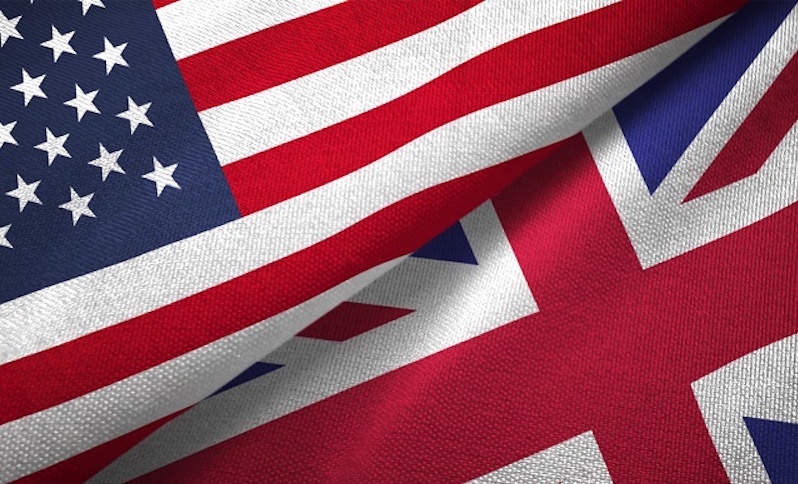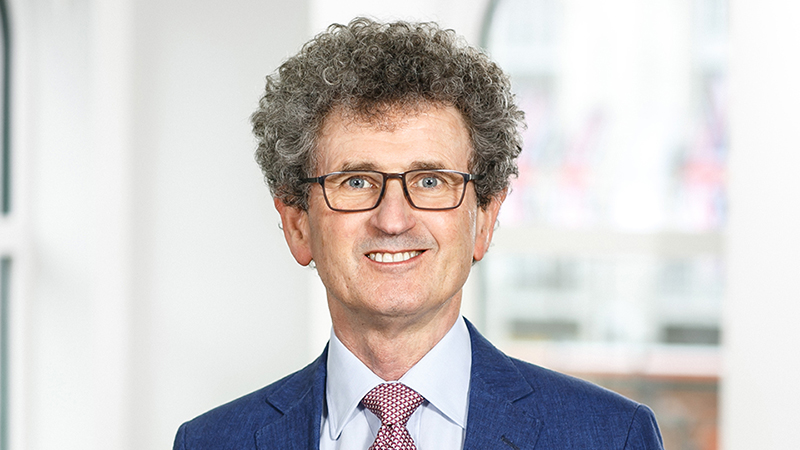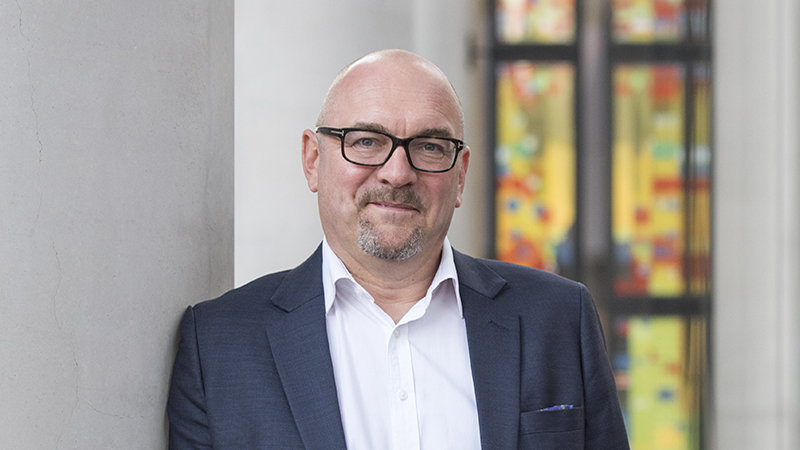Only last week, Mario Draghi hinted that further quantitative easing may be on the table in the Eurozone, in spite of some evidence of a recovery. Equally, the US Federal Reserve continues to defer a rate rise. However, the Bank of Japan today sent a clear message that it didn’t believe it needed to expand its quantitative easing programme.
This surprised many, who felt that Japan’s lacklustre recovery merited further monetary loosening. Certainly, economic growth figures have been underwhelming. Japan’s economy shrank an annualised 1.2% from April to June quarter due to weak capital spending and slowing growth in China. It has expanded month-on-month since, but it still gives scant cause for excitement. It seems that even the largest quantitative easing programme in the world cannot stimulate the Japanese economy into self-sustaining recovery.
So why did the Bank of Japan believe that further stimulus was unnecessary? Perhaps first, it may have thought that it was already doing quite a lot. As John Redwood, chairman of the investment committee for Charles Stanley Pan Asset, points out, “We need to remember that Japan is still committed to a substantial money creation programme to buy bonds, extending to some Yen 80 trillion a year.”
Equally, the Japanese government is encouraging companies to increase wages, pay higher dividends and adopt more competitive practices. It may be that it believes this is likely to be more effective than ever-increasing amounts of QE.
There are also some indications that the underlying growth in the economy may be better than the headline figures suggest: Industrial production rose 1% in September from the previous month, where many analysts had forecast a contraction. Inflation figures also appear to be picking up, with the consumer-price index excluding food and energy rising 0.9% from a year earlier in September.
John Vail, chief global strategist at Nikko Asset Management, says: “Core inflation excluding all food and energy (which should be called “standard core”) ran at a 1.4% six month annualised rate in August, and this includes a housing rent component that continues to decline. Excluding rent as well, the CPI is rising about a 2.2% six month annualised rate. Note that Japan’s CPI rent is slightly lower than it was a decade ago (while the US rent CPI has risen about 35%), and if was rising at a 1% rate, then Japan’s standard core CPI would be rising at a 1.8% six month annualised rate, or very close to the BOJ’s goal.”










